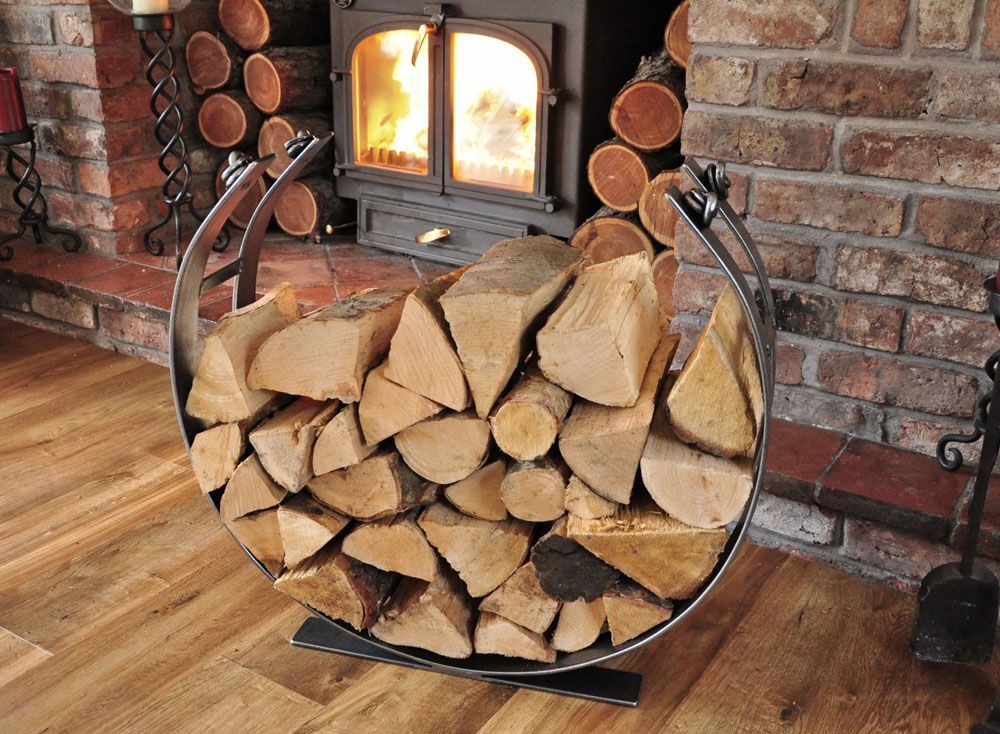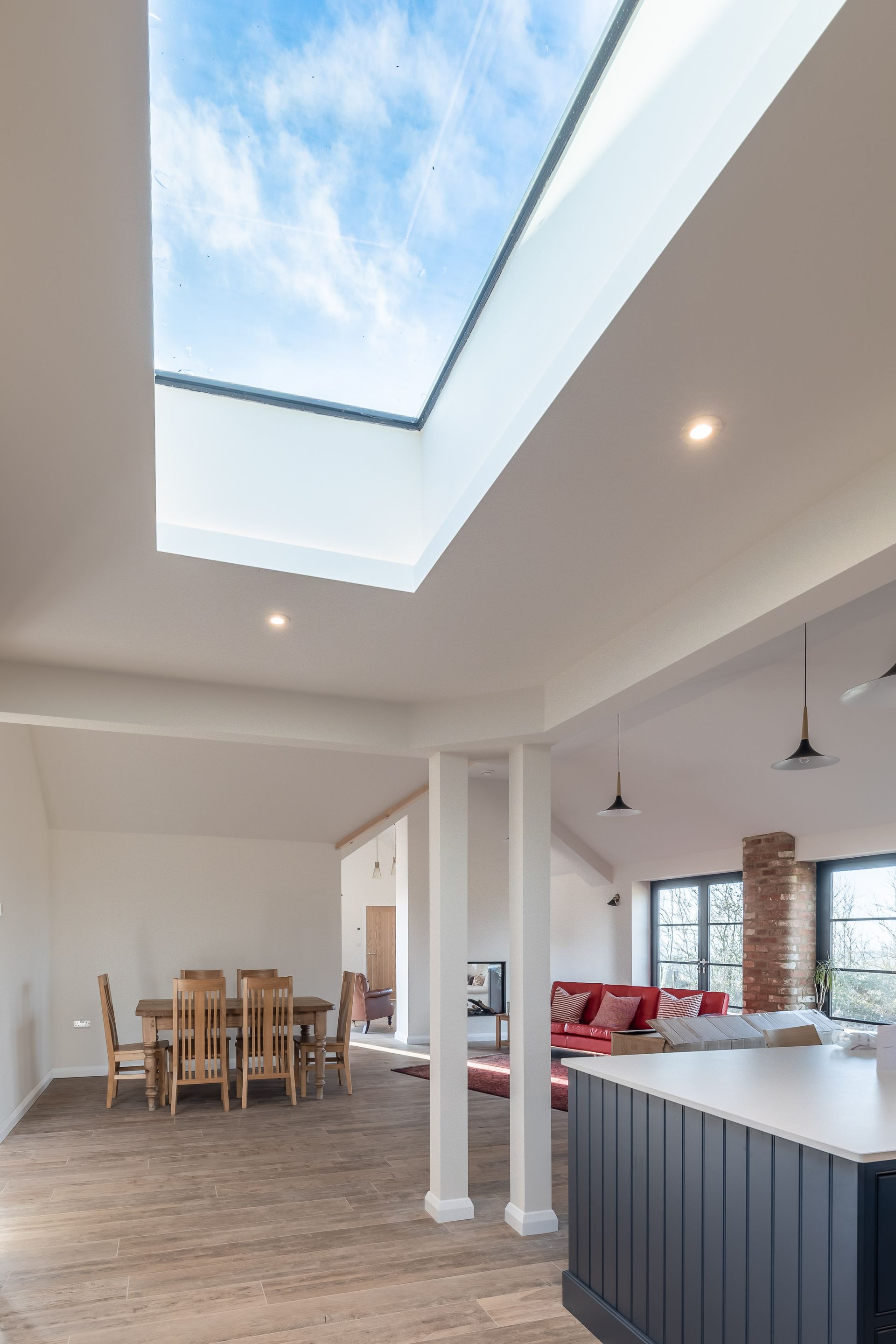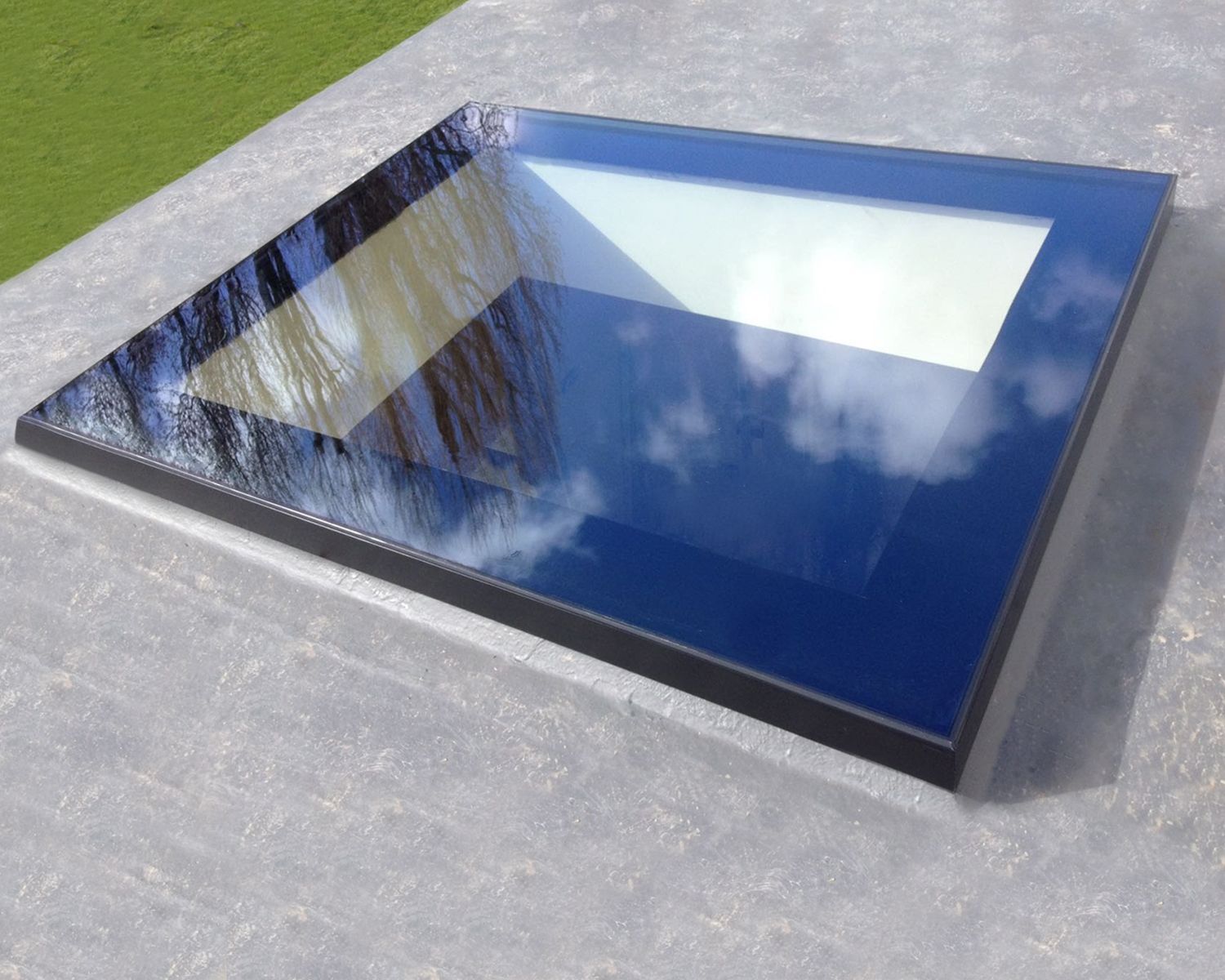What is Centrifugal Casting? And Why Does it Make for Better Cast Iron Pipes?
This is a subtitle for your new post

There are many different methods for manufacturing rainwater pipes. Here at Metal & Glass, for instance, our cast iron rainwater pipes are made using a process called centrifugal casting. But what is this? And why does it make for better pipes? We’ll be answering those questions and more within this blog post, so read on!
What is Centrifugal Casting?
Centrifugal casting (also known as rotocasting) produces high-quality, machined cylindrical component parts. Molten metal is poured into a rapidly spinning mould, the centrifugal force of which can be tightly controlled and therefore produce parts of high accuracy and precision.
Centrifugal casting leads to the liquid metal solidifying in a predictable, uniform direction which prevents defects from forming in the moulded part’s walls. Centrifugal casting is typically used for moulding metals, glass and sometimes concrete.
Why is Centrifugal Casting Better for Pipes?
Centrifugal casting is better for cast iron pipes because they should be straight and with consistent thickness. Centrifugal casting ensures that the interior of the pipe will have no blockages or obstructions that prevent water flowing properly.
This method of casting also produces an even surface finish over the length of the pipe. What’s more, centrifugally cast metal with the socket made as part of the pipe, rather than as an additional component, improves the pipe’s integrity and efficiency.
Are There Any Other Advantages?
Centrifugal casting almost always produces material of greater quality and purity due to the way the centrifugal process works. The pressure caused by the centrifugal force separates the denser metal from any impurities. These impurities gather at the centre of the bore, and can be removed in the machining process post-casting, leaving a highly pure metal pipe. Furthermore, for the quality of the metal it produces, centrifugal casting is highly cost-effective.
How Long Does Centrifugal Casting Take?
Centrifugal casting typically takes anywhere between 16 and 72 hours, depending on how long the cooling process takes.
Does Centrifugal Casting Have Disadvantages?
The main drawback of centrifugal casting is that only cylindrical shaped components can be manufactured. What’s more, not all alloys can be cast using this casting process. On the whole, however, it’s an efficient and high-quality means of manufacturing pipes.
Can Centrifugal Casting Be Used for Half Pipes?
Yes! A whole pipe is cast centrifugally, and then that is split in half to create the half pipe, but with all the advantages (integrity, purity, etc.) that come with centrifugal casting.
Final Thoughts…
There you have it! Now you know why centrifugally-cast cast iron pipes are (in our view, at least) the pinnacle when it comes to pipe strength, uniformity and integrity. If you’d like to view any of our cast iron rainwater pipes, then view our products page here. You can also get in touch with us by calling on 01752 917 497 or by filling out one of our online contact forms. We look forward to hearing from you and answering your questions.

All Rights Reserved | METAL & GLASS LTD
Company Number | 12113002





